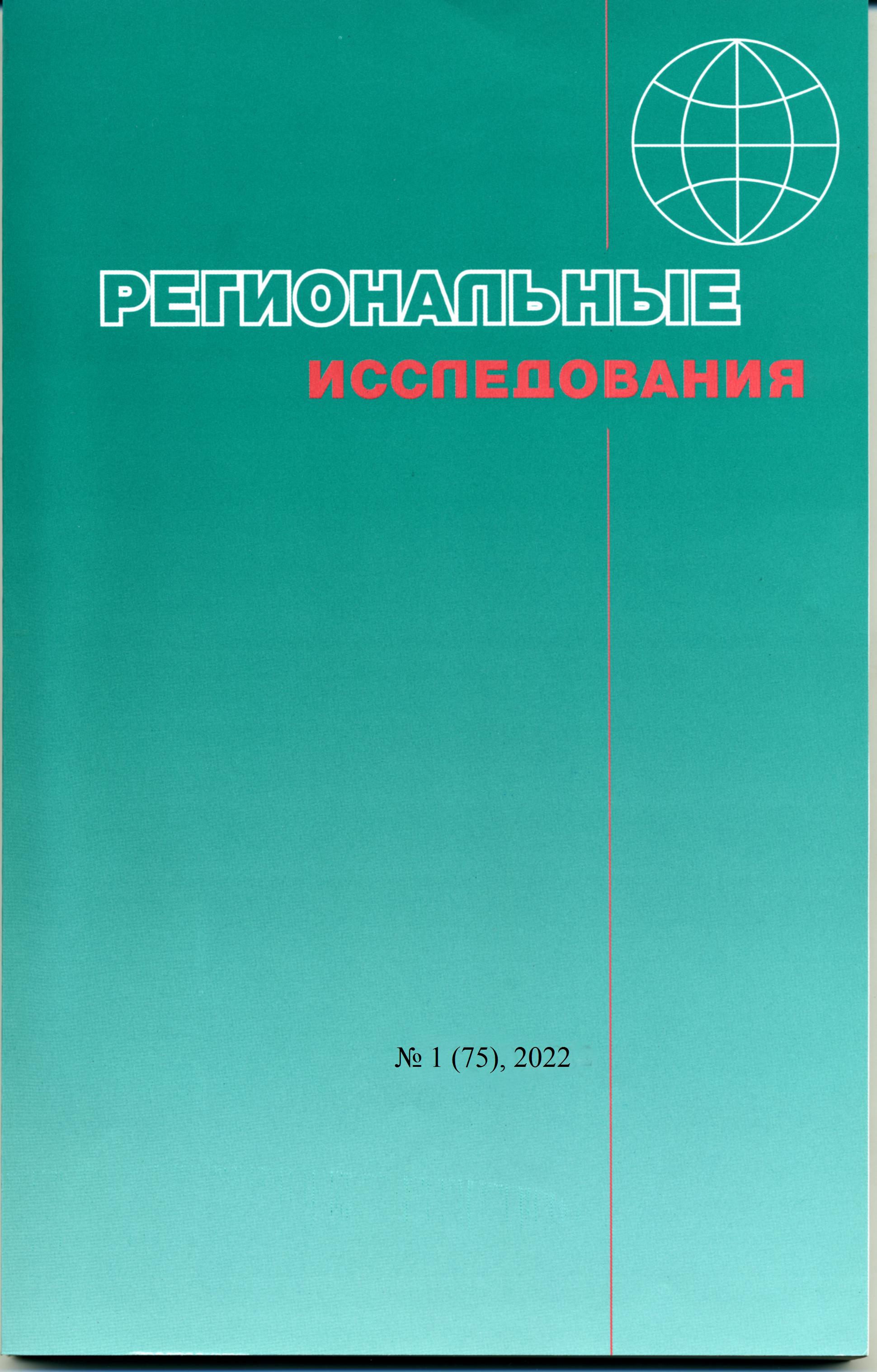Egorov D.O. Transformation of settlements pattern and school network in rural areas of the Republic of Tatarstan
DOI:
https://doi.org/10.5922/Keywords:
rural area, depopulation of the population, reorganization of schools, restructuring of schools, liquidation of schoolsAbstract
Period 1970–2019 characterized by a decrease in the number of rural populations of the Republic of Tatarstan by 1.7 times with an increase in the urban population by 1.9 times. Depopulation processes in the rural periphery led to the transformation of settlement through changes in the structure of the network of rural settlements. Main trends: reduction in the total number of rural settlements; rapid polarization, i.e., an increase in the relative share and absolute number of the smallest rural settlements. This process is largely due to the loss of population by small and medium-sized rural settlements. There was a process of “flowing” of rural settlements from one category in terms of numbers to another, lower in rank. At this stage, only the number of large villages with a population of more than 1 thousand people is stable. Since the beginning of the 2000s. In Russia, the Program for Optimizing the Network of Educational Institutions began to be implemented. In rural areas of the Republic of Tatarstan, the most intensive restructuring of the school network has been carried out since 2008, and by 2015 the number of schools was approximately 46% of their number in the 2001/02 academic year. After 2015, there has been a noticeable slowdown in the network optimization process, with only a slight negative trend. The dominant factor established - the level of occupancy of students in an educational organization when deciding on its reorganization or liquidation provides a rationale for making a forecast for the further course of the transformation of the school network. If we take the occupancy rates of rural schools as conditional criteria, then as of today, about 57% of secondary and 53% of basic educational organizations do not enroll the required number of students.
References
Алексеев А.И., Ковалев С.А., Ткаченко А.А. География сферы обслуживания: основные понятия и методы. Тверь: Твер. гос. ун-т., 1991. 117 с.
Бусыгин Е.П. Русское сельское население Среднего Поволжья: историко-этнографическое исследование материальной культуры (середина XIX – начало XX вв.). Казань: Изд-во Казан. ун-та, 1966. 403 с.
Глезер О.Б. Система местного самоуправления как составная часть институциональной среды расселения в современной России // Вопросы географии. Сб. 135: География населения и социальная география / Отв. ред. А.И. Алексеев, А.А. Ткаченко. М.: Изд. дом «Кодекс», 2013. С. 224–244.
Дедков А.П., Зорин Н.В. Геоморфологические факторы расселения в Среднем Поволжье (по данным на начало XX в.) // Геоморфология. 1995. № 3. С. 25–32.
Егоров Д.О. Пространственное сжатие и поляризация сельского пространства Республики Татарстан на фоне депопуляции населения // Региональные исследования. 2020. № 4(70). С. 32–45.
Еремин С. В. Неравенство в образовании на селе // Крестьяноведение. 2021. № 3. С. 124–134.
Зубаревич Н.В. Трансформация сельского расселения и сети услуг в сельской местности // Изв. РАН. Сер. геогр. 2013. № 3. С. 26–38.
Ковалев С.А., Алексеев А.И., Копаев В.И. Районирование сельской местности РСФСР по комплексу условий для территориальной организации сферы обслуживания населения // Вопросы географии. Cб. 135: География населения и социальная география / Отв. ред. А.И. Алексеев, А.А. Ткаченко. М.: Изд. дом «Кодекс», 2013. С. 474–482.
Лухманов Д.Н. Принципы оценки состояния и уровня обслуживания населения в целях картографии // Оценочные карты природы, населения и хозяйства / Под ред. К.А. Салищева. М: Издво Моск. ун-та, 1973. С. 199–204.
Мустафин М.Р. География населения и населенных пунктов Татарстана. Казань: Kazan-Казань, 1993. 79 с.
Мустафин М.Р. Новые тенденции в расселении населения Татарии. Казань: Тат. респ. упр. статистики, 1990. 113 с.
Районная планировка / В.В. Владимиров и др. М.: Стройиздат, 1986. 325 с.
Ткаченко А.А., Смирнов И.П., Смирнова А.А. Трансформация сети центров сельского расселения в низовом районе Центральной России // Вестн. Моск. ун-та. Сер. 5. География, 2019. № 2. С. 78–85.
Чучкалов, А.С., Алексеев А.И. Эффект колеи в эволюции сельских населенных пунктов Республики Марий Эл // Вестн. Моск. ун-та. Сер. 5. География, 2020. № 2. С. 53–65.

